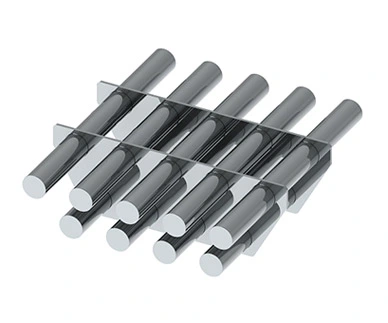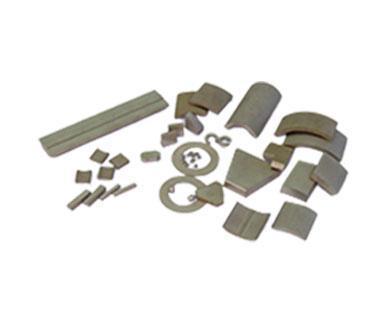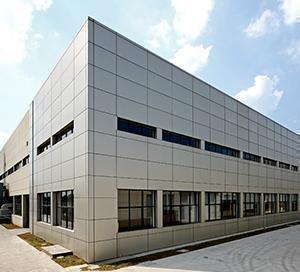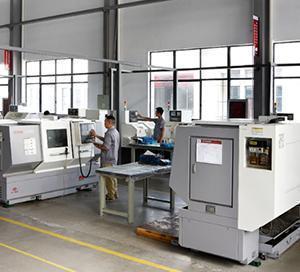Understanding of AlNiCo Magnets
AlNiCo magnets can be divided into sintered and cast AlNiCo magnets based on their production process. The shapes of the products are mostly circular and square. The casting process can produce different sizes and shapes. Compared with the casting process, the size of the sintered products is smaller, and the size tolerance of the billet produced is larger than that of the casting billet. The magnetic energy of the sintered product is slightly lower than that of the casting product, but its machinability is better. The reversible temperature coefficient of AlNiCo permanent magnet material is the lowest, and the working temperature can be above 600℃. AlNiCo magnets are widely used in various types of instruments and other fields. AlNiCo magnets have higher residual magnetism (up to 1.35T) and a lower temperature coefficient. When the temperature coefficient is -0.02%/℃, the highest working temperature is about 520℃. The disadvantage is that the coercivity is very low (usually less than 160kA/m) and the demagnetization curve is non-linear. Therefore, AlNiCo magnets are both easy to magnetize and demagnetize.
Significant Characteristics of AlNiCo Magnets
It has excellent corrosion resistance, a Curie temperature of 860℃, and a suitable temperature of 550℃. The magnetism of ALNICO magnets changes very little with temperature. Currently, it is still widely used in permanent devices such as high-temperature stable instruments and motors, especially in aerospace and weapon equipment such as torpedoes, missiles, and aircraft. This type of magnet material has a high residual flux density, up to 1.35T. However, due to their low intrinsic coercivity, usually less than 160ka/m, their demagnetization curve analysis develops non-linearly, and the recovery line of AlNiCo permanent magnet does not coincide with the demagnetization curve. Therefore, its special nature should be particularly noted in the design and manufacturing of magnetic circuit systems for electronic devices. It must undergo stable magnetic treatment prior to work.
According to the low coercivity of aluminum, nickel, and cobalt permanent magnet materials, it is strictly prohibited to contact with any ferromagnetic materials to avoid local irreversible demagnetization or distortion of magnetic flux density distribution. In addition, in order to improve its anti-demagnetization ability, the AlNiCo permanent magnet pole surface is usually designed as a long column or strip. In addition, this type of permanent magnet material has low mechanical strength, high hardness, high brittleness and poor machinability, and cannot be used as a structural design component. Only a small amount of grinding or electric spark machining can be carried out. It cannot be used for mechanical processing such as forging.
The use of AlNiCo magnets is required for the development of many industrial and consumer products in many countries, such as electric motors, electric guitar pickups, microphones, sensors, speakers, detectors, traveling wave tubes, etc. AlNiCo magnets are also widely used.
 English
English 日本語
日本語 한국어
한국어 français
français Deutsch
Deutsch Español
Español italiano
italiano русский
русский português
português العربية
العربية





